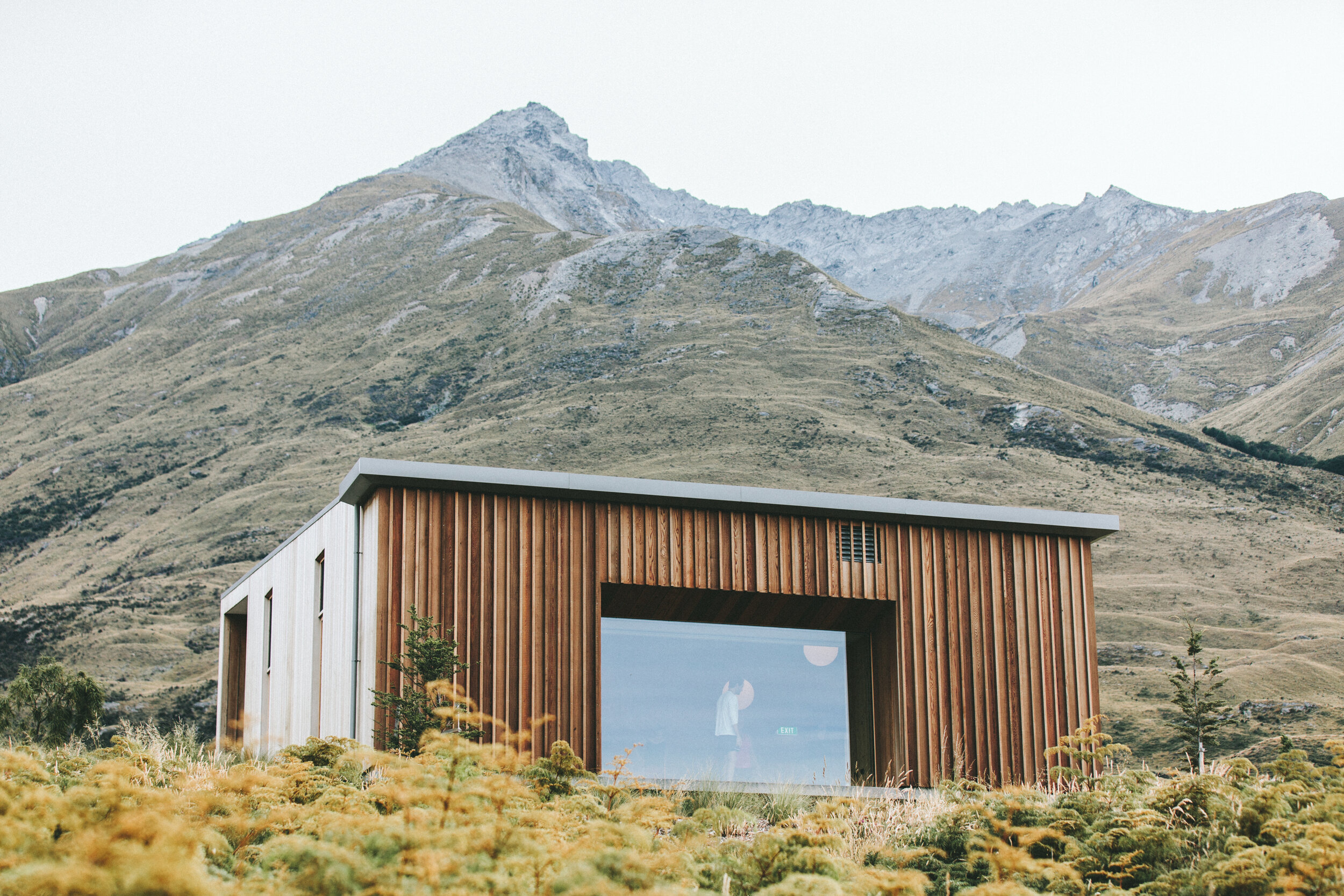Laguna Revo 18 -3 6 Lathe
An economical workhorse, this machine brings serious torque, precise control, and broad versatility to rival the biggest names in the business, but at a more palatable price.

Summary
I’ve owned my LAGUNA REVO 18|36 for long enough to give a pretty comprehensive review. I’ve had this beast for just over six years, including three shop moves, one of which was cross-country. My use skews toward rough green walnut and pecan bowls up to ~16" diameter, segmented and sectioned vases, and occasional larger, oddball forms. I’m also a true hobbyist; I’ll catch the bug and pursue a technique close to daily for a year or two, then the machine will sit idle for just as long before I pick it up again. Through it all… the multiple tear-downs and rebuilds, high torque loads with giant green bowl blanks, and extended periods of heavy use followed by extended periods of non-use… this lathe has stayed reliable and predictable. Pretty much a plug and play machine with nearly professional grade power. It holds speed under load, is surprisingly quiet, and is comfortable to use.
Torque and control: I spend most of my roughing between ~250–900 RPM. The 220V 3-phase motor supplies a lot of torque in the low range, so I can start conservatively on an ugly, out-of-balance blank, get it round, and climb without the motor “hunting.” On the flip side, the segmented pieces end to do best at high speed with sharp tools and a light touch. The digital RPM readout and smooth dial mean I’m not guessing at sanding or finishing speeds.
Ergonomics: I’m 5’ 10” and the machine is a comfortable height for me to use out of the box. The sliding headstock and a banjo with quality machine work make end-of-bed bowl work comfortable instead of contortionist, and it all stays nice and slide-y with an occasion coat of wax. Being able to put the tool rest lower for larger or more sculptural shapes turns “maybe I shouldn’t” into “this is manageable.” I regularly put 3-4 hours into a piece without much of a break without much ergonomic discomfort.
Precision: This build quality on this machine is pretty tight; no noticeable play in any of the parts, moving or stationary. Tailstock alignment is simple to check and adjust, but I haven’t needed to touch it. No mystery vibrations, no electronics gremlins, no creeping play in the quill or locks.
Heavy Work: If you’re looking at this machine you probably want to do larger work, so I’ll take a minute to talk about that aspect specifically. I don’t chase 30" platters weekly, but when a project warrants more swing or awkward reach, the lower rest position and tool geometry make it feel a lot safer than some other setups I’ve used and seen. The lathe weighs in at about 430lbs, which is a lot, but for truly nasty, out-of-round logs, I’ll drop a couple hundred pounds of gym plates on the feet and keep RPM sensible until the blank calms down. You could bolt the feet to the floor, use sandbags, or just not turn stupidly giant out of round projects… any of those options would also resolve the issue.
Complaints: There are quirks, but they’re minor. Out of the crate, this isn’t the heaviest chassis in its class, and for those super big and weird blanks, you will likely need ballast to keep things safe. The cam style locking mechanisms are out of the way when you don’t need them, but can be frustrating to operate when you do need them. After disassembling/reassembling the unit multiple times, my single biggest gripe is that components (especially the headstock with the 3-phase/VFD box on the back) don’t sit well when disassembled. It’s a “cribbing and straps” situation to avoid letting the headstock smash itself apart during moves. But this is only an issue because I’m an idiot and move it myself, and these parts are heavy and awkward. None of it has ever cost me a project or a weekend. I haven’t had to call support. I haven’t had to chase parts. It has worked perfectly across three different shops (old Florida barn, climate-controlled Florida garage, and now in an unconditioned New Hampshire shop).
Bottom line: If you’re turning larger or heavier pieces where torque and clearance matter and the occasional awkwardly wide form, the REVO 18|36 is still, six years later, my favorite option. Serious low-end torque, bowl-friendly ergonomics, and reliability that survives everything I can throw at it. If the garage burned down, I’d buy this lathe again.


